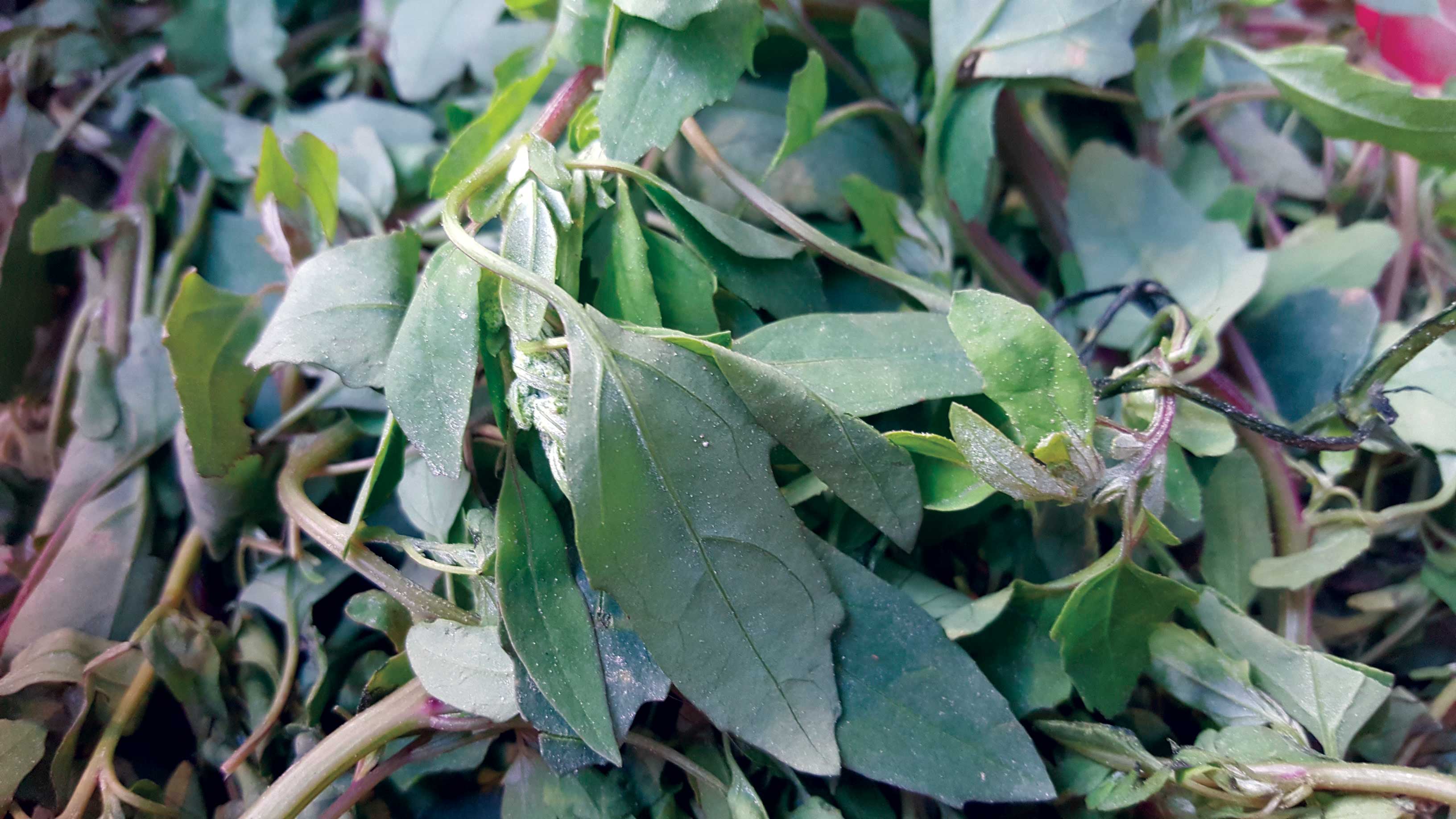Many festivals in Nepal have today become a compulsion and in some cases even a ‘financial and time burden’ due to the dilution over time of the origins and underlying reasons. The Gai Jatra or the cow festival (Sa Paro in Newari) is one such event that is more relevant today than ever before. It is a festival that helps families cope with death and in a country that has seen so many deaths over the past ten years, it is a key to helping Nepal start the healing process. Each of the Kathamndu valley towns and those outside the valley celebrate the festival with several variations.
History teaches us that King Pratap Malla who ruled Kathmandu from 1641-1674AD initiated the festival as a way to heal the sorrow of his wife after the death of their son. The idea behind the long procession was to help her realize that many families in the city had also lost their loved ones that year. This experience, he hoped, would ease her sorrow a little. When the parade did not help, he is said to have announced a reward for anyone who could bring a smile to her face. For this he granted complete “freedom of speech” during the festival. Seeing the queen smile and laugh at the various jokes and ridiculous dresses, others in the city took up the idea as well and began to pay for satirical performances in front of their homes as well. King Pratap Malla was then faced with the challenge of fulfilling the Queen’s wish to bathe in various sacred river confluences in the region. Being the innovator he was, the king had the Rani Pokhari (Queen’s pond) built and filled with water from all the sacred sites she wished to travel to. As you drive past, you will notice that the Rani Pokhari is drying up as people in adjoining areas extract more and more ground water.
During Gai Jatra, scheduled for August 10th this year, households where death has occurred will take out a cow or young boys dressed as cows through the streets of Kathmandu. It is believed that the dead will make it safely to the gates of heaven by holding on to the cow’s tail. On a more practical note, by counting the number of cows or boys dressed as cows, you could do a census of the number of deaths in the city. Further, the parade was not just a simple census but also a method to help heal the deep sorrow that any form of death might have caused the bereaved families. Combine this parade with the ultimate “freedom of speech” where no one is spared and the healing would definitely have begun.
Given that this year could mark the end of Nepal’s 10 year bloody armed conflict, the Gai Jatra is even more significant. Comic books, cartoons, pantomime, street drama, poetry, speeches, cross dressing…. you name it, and you will be able to see it on the streets and raised platforms (dabali). There is music and feasting all around. It is really a great way to heal the wounds created by the loss of loved ones. In recent years, people have complained that some of the materials presented are just plain vulgar and of poor taste. The festival presents a great outlet to vent away anger, annoyance and to make fun of those you would normally not be allowed to make fun of.
Traditionally the parade walked past the old Malla period palaces of the valley. This year it may make sense to go past Singh Durbar where the reinstated parliament meets. Politicians need to be reminded of the price in lives that Nepalis have paid and also to make sure that no one takes peace for granted ever again.
There is a similar story related to the time of the Buddha. As the Buddha was going around teaching the Dharma, a woman by the name of Krisha Gautami approached him crying and carrying a dead child. She demanded that if he was as great as people had told her he was, the Buddha should bring her child back to life. It is said that the Buddha calmly asked the woman to get some mustard seeds from a home where there had been no deaths so that he could sprinkle them on the child and bring him back to life. The woman agreed and began her quest to get the seeds from a home where no one had died. House after house she had to listen to sad tales of death in each family. As the day wore on, the woman realized the futility of her effort. The process of healing had begun.
Anil Chitrakar is a founding member of Kathmandu 2020 and
has launched Crafted in Kathmandu to help local artisans.
For comments e-mail: rosha@craftedinkathmandu.com










